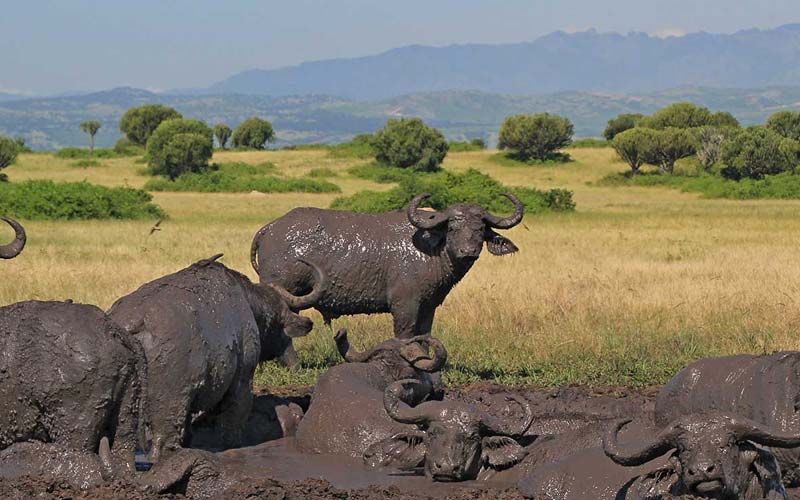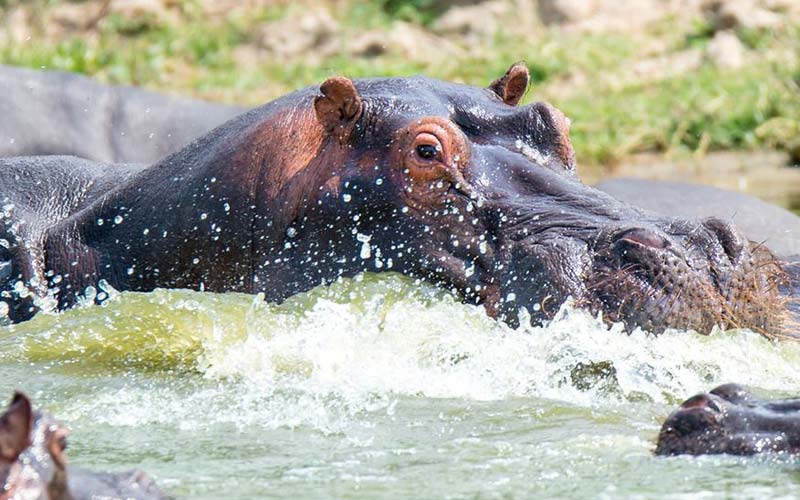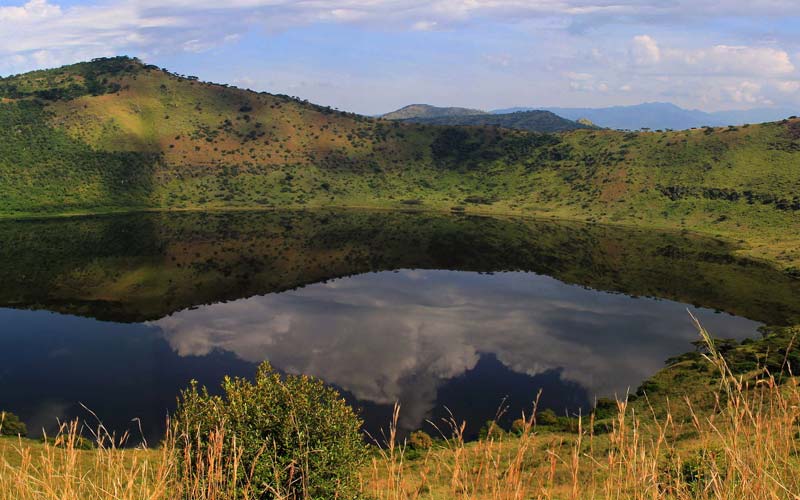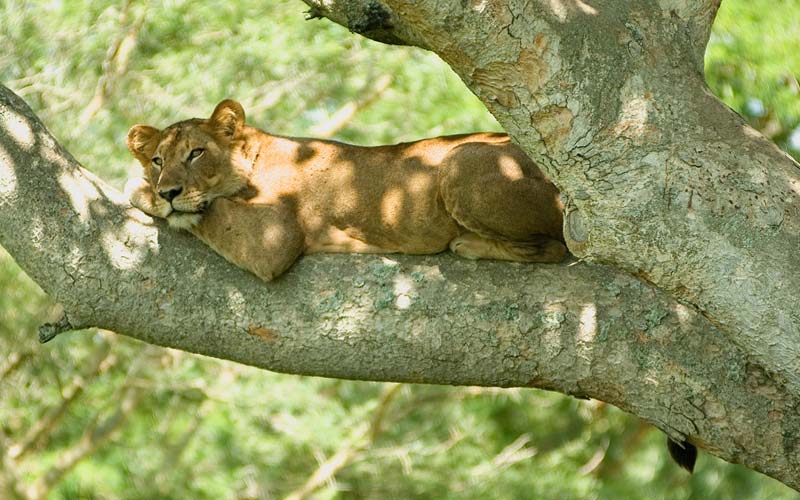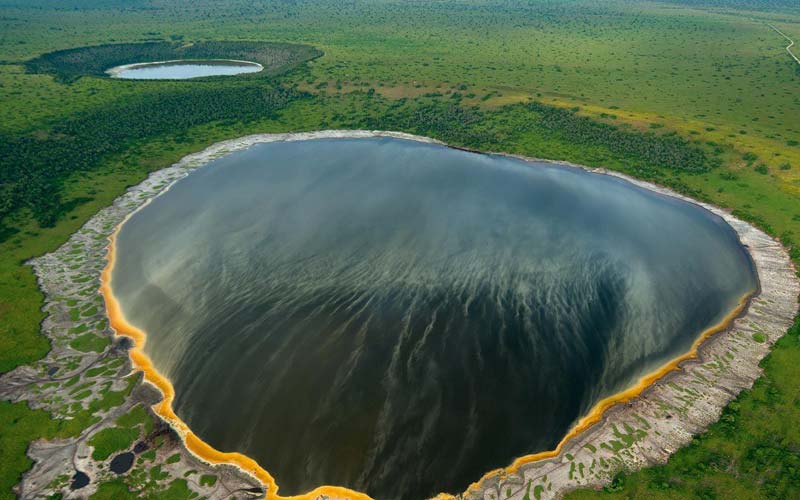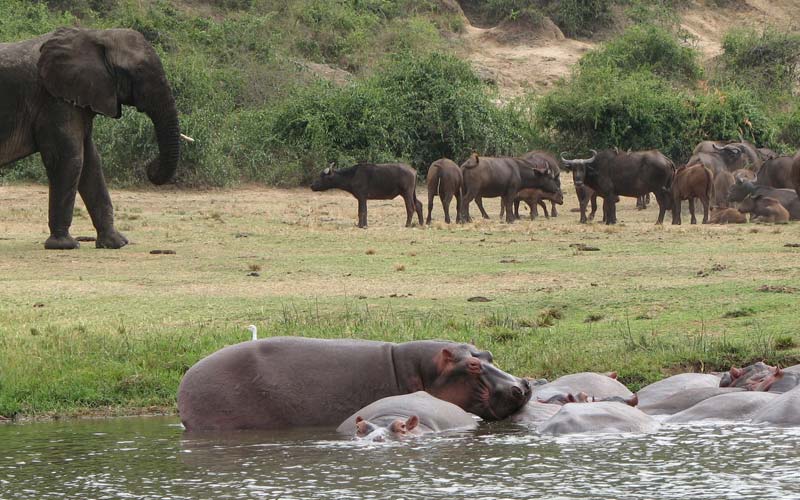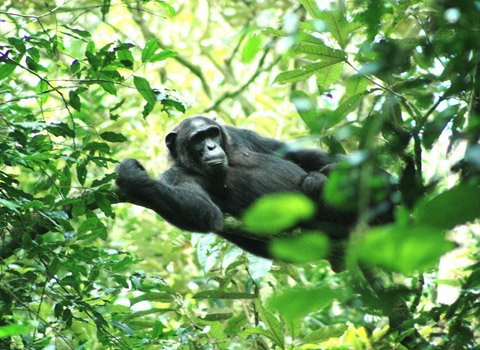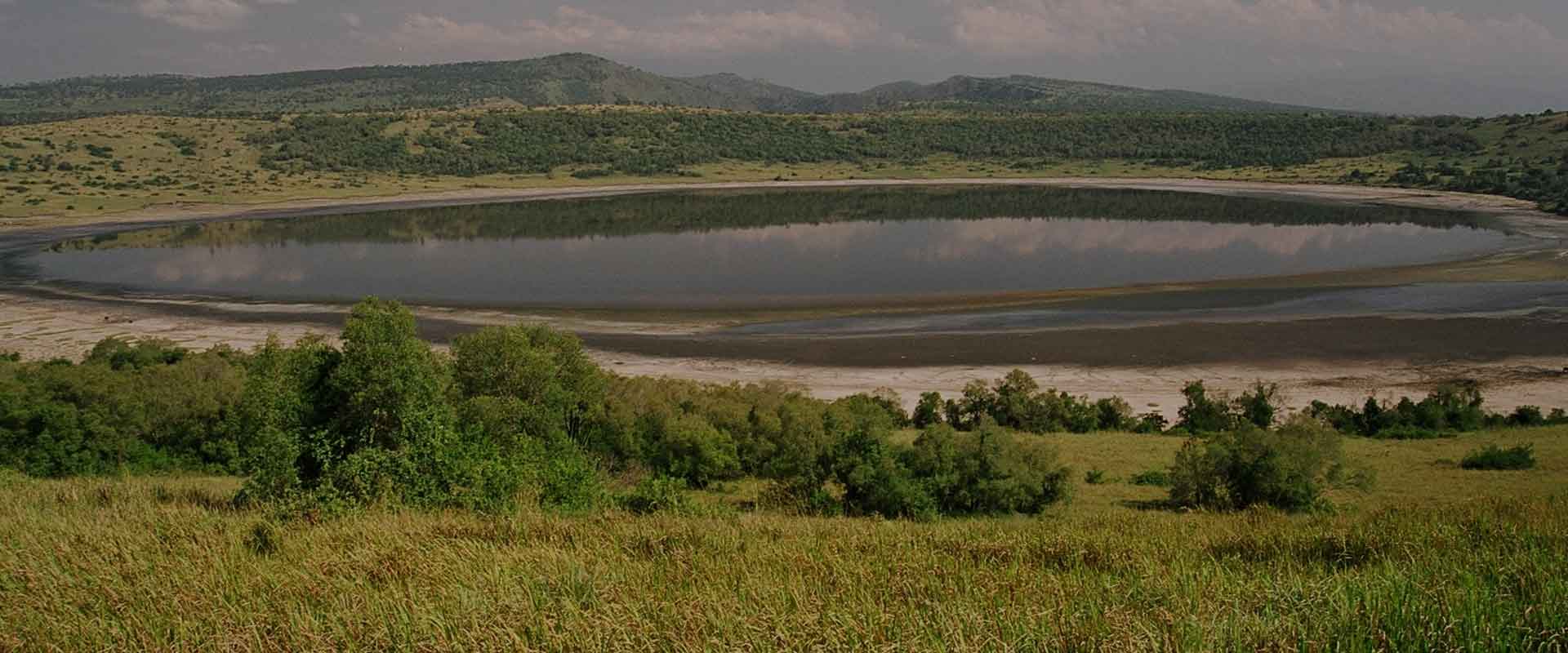
Queen Elizabeth
Overview
Located in western Uganda, this park is famed for its volcanic features consisting of volcanic cones and deep craters. The place is packed with astonishing wildlife attractions and cultural history, Expect to meet locals who’s dancing, music and storytelling skills are simply wow!
Meet the varieties of animals such as Elephants, buffalos, Hippos, warthogs, sitatunga antelope waterbucks, Uganda kob and Topi, not forgetting the most elusive inhabitant’s felines: lions, leopard serval and other smaller members of the cat family.
Queen Elizabeth National Park is a leader among Uganda's most dominating national parks and determinedly a most astounding one. Thriving with wildlife, this verified area is confined by the high stores of the Rwenzori in the north, connects along the shores of Lake Edward in the west and spreads the remote region of Ishasha in the south. The standard brightness is overpowering and gathered: green savannah fields with little acacia and euphorbia trees are changed with disheartened cavity lakes and bogs, obliged by the snow-verified zeniths of the Mountains of the moon. Something close to 57 different vegetation types has been perceived, which can be solidified as the going with five: backcountry, prairie, shaggy field, Acacia woodlands, and swamp vegetation. Furthermore, the park is home to nearly 95 sorts of mammals and the most raised number of aviary fauna found in any ensured zone in Africa! Rich gathering in feathered animals.
Wildlife in the national park joins elephants, bison, Uganda kobs, waterbucks, warthogs, mammoth timberland pigs, lions, leopards, and hyenas. On the shores of the Kazinga Channel, you will experience expansive social occasions of hippopotamus and two or three crocodiles. Topis are found in the southern segment of the park, while differing primates can be seen in Kyambura Wildlife Reserve and Maramagambo Forest. Queen Elizabeth National Park has more than 600 species of aviary fauna. The open meadow isn't just an area for amazing distraction seeing yet is a birders heaven also. The plain sponsorships wide hordes of White and Abdim's Storks, Saddle-charged Storks, Lesser Masked Weavers, Gray-headed Kingfishers, African Mourning Doves, Black-headed Gonoleks, and Red-chested Sunbirds. Raptors are all around tended to include the Brown Snake Eagle, Wahlberg's Eagle, Bateleur, African Harrier Hawk and Gray Kestrel.
Information
Other National Parks
Suggested Itineraries
Need a more customised exprience?
We will make it happen.
When To Go
The ideal time to visit Queen Elizabeth Park in western Uganda is during the long dry season, which spans from June through July and August. This season offers better visibility, drier roads and trails, fewer mosquitoes, and increased chances of spotting wildlife. With limited water sources, animals gather around available waterholes, making it easier to see elephants, lions, and buffalos. The clear skies and improved lighting create perfect conditions for stunning wildlife photography, and migratory birds add to the park's allure. Overall, visiting during this season enhances the safari experience, ensuring a more comfortable and enjoyable trip.
How To Go
From Uganda's capital, Kampala, Queen Elizabeth National Park is approximately a 5-6 hours' drive covering a distance of about 370.9 km. Alternatively, many tour operators provide organized safari packages that include transportation to and from the park. With these packages, they take care of all the logistics, offering a convenient and stress-free option for visitors.
What to see
Experience an array of wildlife, from elephants and lions to treeclimbing lions. Enjoy boat safaris on the Kazinga Channel, witnessing hippos and crocodiles up close. Embark on a thrilling chimpanzee trek in Kyambura Gorge. For birdwatchers, there are over 600 bird species to admire. Marvel at the picturesque crater lakes and scenic landscapes. Engage in cultural encounters with local communities, offering a unique cultural experience. Don't forget to stand on the equator line for a memorable equator crossing.
Activities
- Game Drives.
- Boat Safaris.
- Chimpanzee Trekking.
- Bird Watching.
- Nature Walks.
- Cultural Encounters.
- Hot Air Balloon Safaris.
- Photography.
- Ishasha Sector.
- Equator Crossing.
History & Culture
Queen Elizabeth National Park, established in 1952 as Kazinga National Park, is Uganda's first national park. Renamed after Queen Elizabeth II's visit in 1954, it covers about 1,978 square kilometers in southwestern Uganda, boasting diverse ecosystems and abundant wildlife. Surrounded by Banyankole, Bakiga, and Basongora tribes, the park offers cultural encounters, local market visits, and insights into traditional practices like agriculture and craft-making, enhancing the safari experience. Lake Katwe, a nearby salt mining village, showcases ancient salt mining practices passed down through generations. While wildlife and natural beauty take center stage, the park's coexisting cultural heritage allows visitors to appreciate the harmonious blend of local traditions with the natural environment.
Arusha Office:
- Phone: +255 784 162 038
- Email: info@faceafricaadventures.com
- Address: Moivo Olorein Ppf, Block 668 Agm Street Arusha Tz, 23100
USA Office:
- Skype: raydigiacomojr
- Email: sales@faceafricaadventures.com
- Address: Laguna Beach, California,
Enquiry Now
"We love hearing from you.So if you have any comments,questions,queries,or you just want to say hello,please get in touch with us".



.avif)


